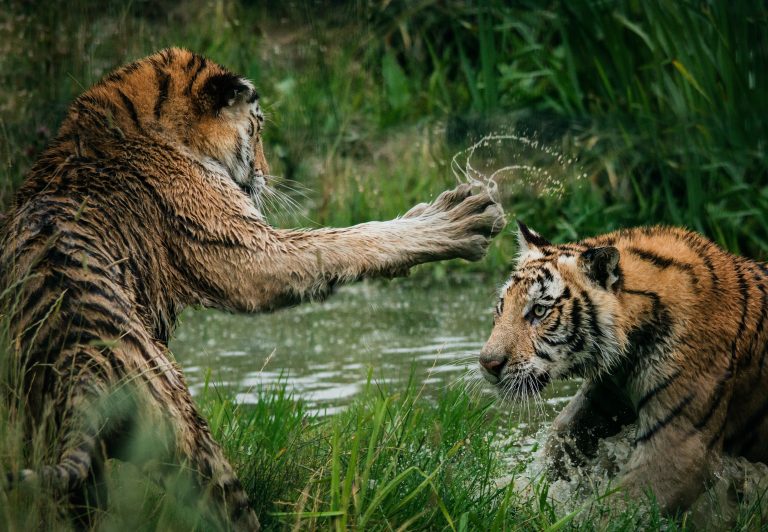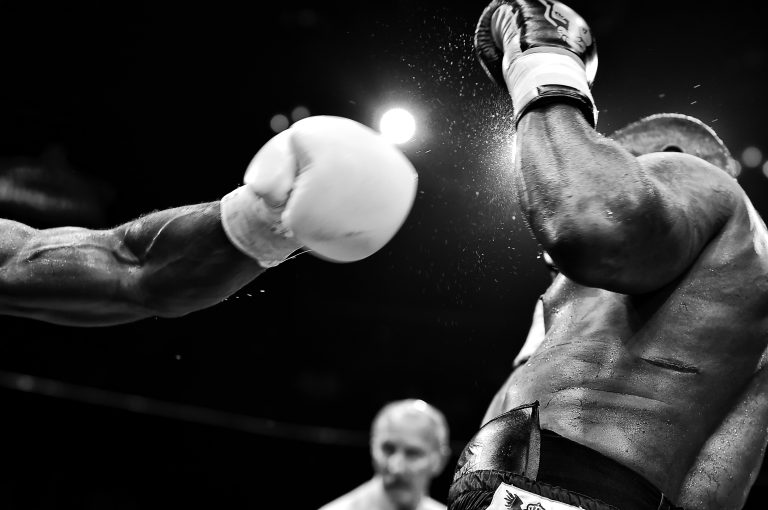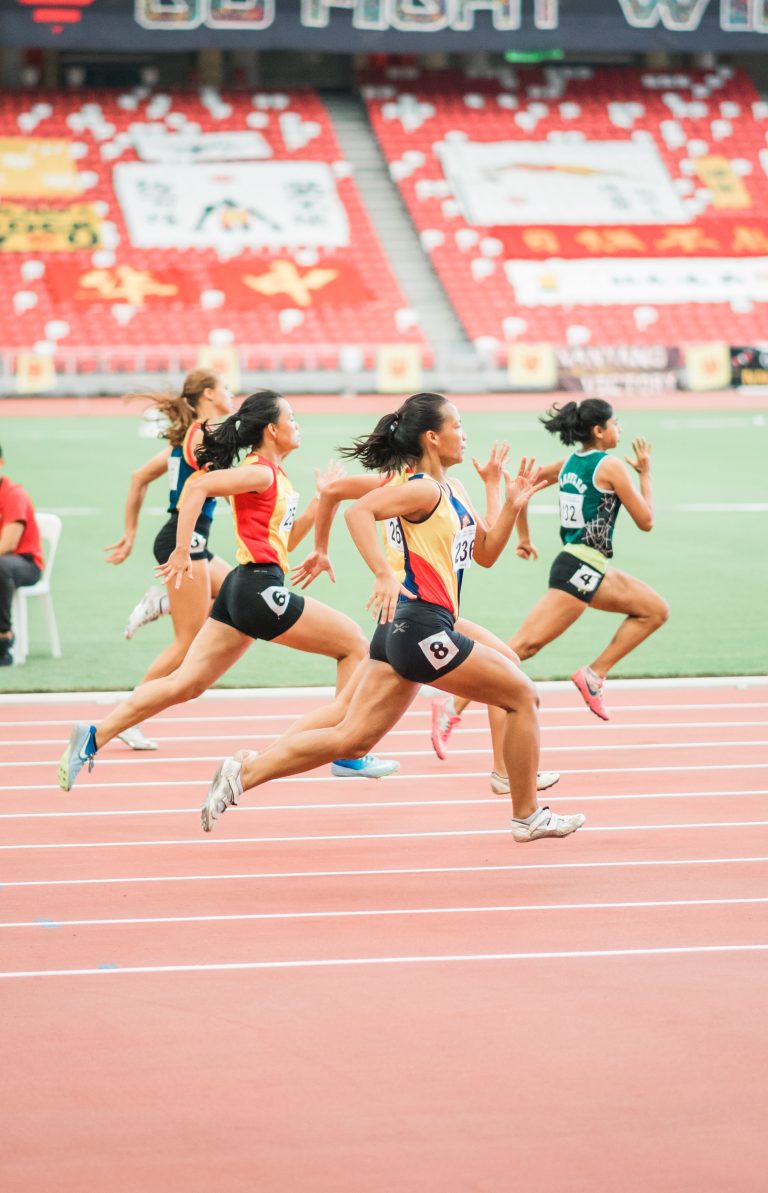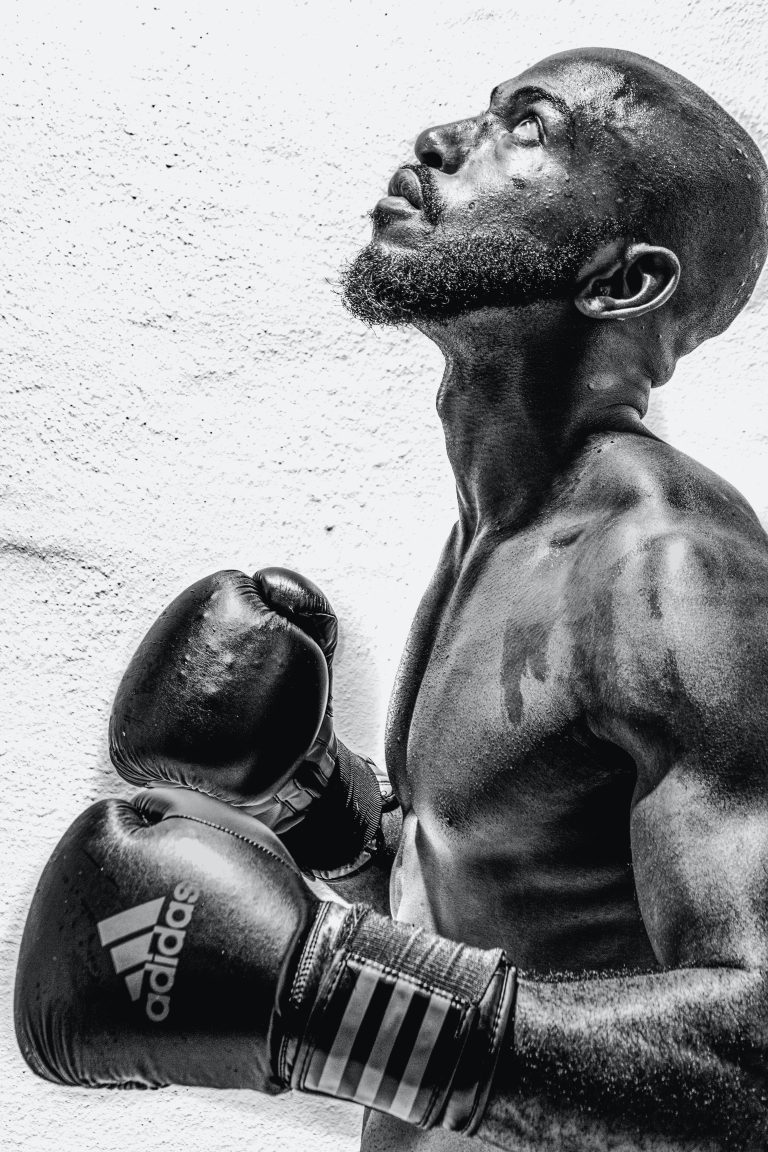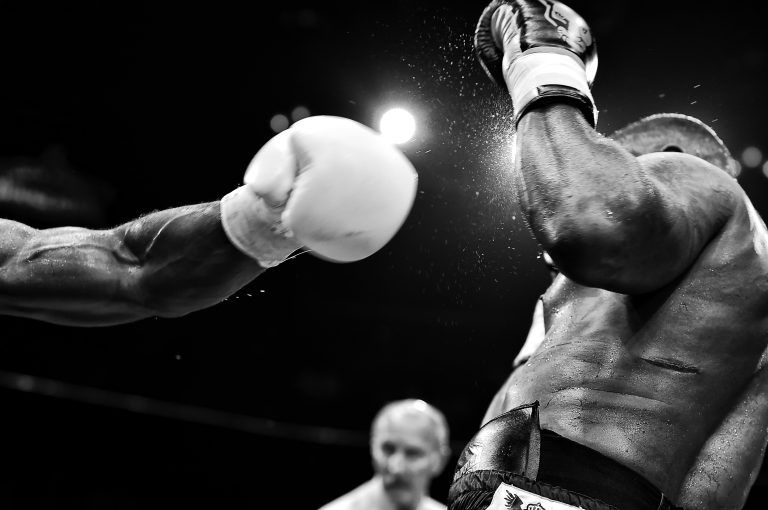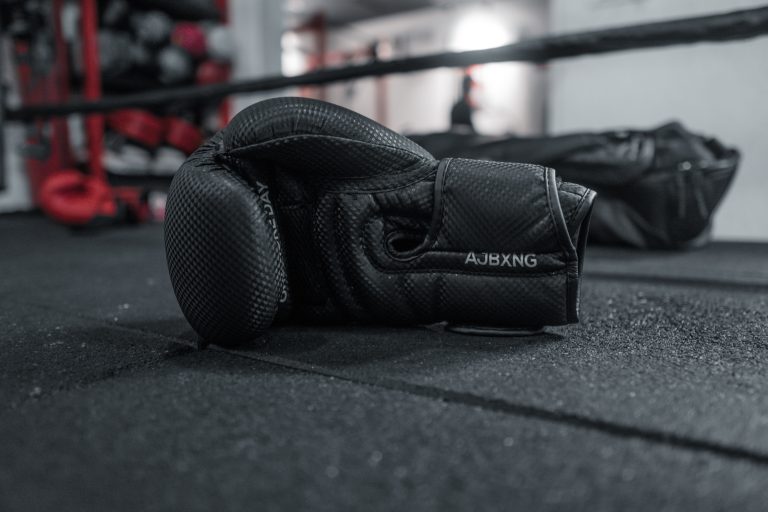A Beginner’s Guide to the Different Types of Karate
Karate is an ancient martial art developed centuries ago in Japan and the Ryukyu Islands. It has long been respected and admired as an effective form of self defence and a powerful means of physical training. Today there are many different types of karate, each with its own range of techniques and cultural influences. In this beginner’s guide, we’ll provide an overview of some of the most popular forms of karate, examining their history, key features, and influence on modern martial arts.
The Origins of Karate
Karate emerged in the 14th century in Okinawa, a semi-autonomous region of Japan located in the East China Sea. It was developed by martial arts masters from Japan, China, and Okinawa, and incorporated elements from these three cultures into a distinct style of martial art. During the late 19th century, karate became increasingly popular in Okinawa, leading to the increasing spread of different forms of karate throughout Japan, China, and beyond.
Types of Karate
Today there are several distinct types of karate, each with its own techniques and traditions. Here is a brief overview of some of the most popular types of karate:
Shotokan Karate
Shotokan karate is a traditional form of karate developed in the early 20th century by Gichin Funakoshi, one of the most influential figures in Japanese martial arts. It is widely considered to be the most popular form of karate in the world, thanks in part to its emphasis on discipline and technique. Shotokan is known for its powerful stances, powerful strikes, and emphasis on breathing and sparring.
Goju Ryu Karate
Goju Ryu karate is another traditional form of karate hailing from Okinawa. It was developed by Chojun Miyagi, who blended Chinese martial arts with Okinawan martial arts to create his unique style. Goju Ryu is known for its powerful hard and soft blocks, as well as its emphasis on breathing and footwork.
Kyokushin Karate
Kyokushin karate is a modern form of karate developed in the mid-20th century by Masutatsu Oyama. It is known for its full-contact sparring, emphasis on endurance and strength training, and its focus on knockout techniques. Kyokushin has become one of the most popular forms of karate in modern times, thanks to its effectiveness in full-contact competitions.
Shorinji Karate
Shorinji Karate is a traditional form of Okinawan karate developed by Hironori Ohtsuka. Shorinji karate is known for its low stances, quick movements, and emphasis on blocking techniques. It also emphasizes breathing techniques, meditation, and spiritual development, making it an ideal choice for those who wish to improve their focus and mental clarity.
Kobudo
Kobudo is a term used to refer to traditional Okinawan weapons-based martial arts. Popular weapons used in kobudo include sai (metal trident), nunchaku (short flail), tekko (small metal knuckles), and bo (long staff). Whether used for self defence or in competitions, kobudo can be an incredibly effective training tool for those looking for something more than punching and kicking.
The Influence of Karate Today
Karate has had an enormous influence on modern martial arts, with many forms incorporating elements from various types of karate into their own styles. MMA fighters often use Shotokan or Kyokushin in their sparring sessions, while mixed martial arts such as Krav Maga and Jeet Kune Do borrow heavily from the principles and techniques of Goju Ryu and Shorinji Karate. In addition, weapons-based martial arts such as Aikijitsu are heavily influenced by Kobudo.
Getting Started with Karate
If you’re interested in getting started with Karate, it’s important to do some research before committing to a particular style or school. Some styles may be more suitable for competition or sparring while others may be better suited for self defence or mental development. Be sure to speak to instructors at various dojos and read up on the different styles before making a decision.
Conclusion
Karate is an ancient martial art that has profoundly influenced modern martial arts, including MMA and weapons-based styles. There are a number of different types of karate, each with its own unique features and specialties. Whether you’re looking for an incredibly effective self defence style or an inspiring way to challenge yourself mentally and physically, there is sure to be a type of karate that is perfect for you.
Sources:
https://www.britannica.com/topic/karate-Japanese-martial-art
https://www.wikihow.com/Choose-a-Type-of-Karate
https://www.blackbeltwiki.com/different-types-of-karate
https://www.usatkd.org/kyokushin-karate/
https://sensei2sensei.com/2012/06/21/the-history-of-goju-ryu/
A Beginner’s Guide to the Different Types of Karate
Karate is a popular martial art that originated in Okinawa, Japan. It has since become a global phenomenon, with millions of practitioners worldwide. There are several different types of karate, each with its unique style and techniques. If you’re a beginner interested in learning karate or just curious about the different types that exist, this guide is for you. In this article, we’ll answer some of the most commonly asked questions about the different types of karate.
What is Traditional Karate?
Traditional karate is the original form of karate that has existed for hundreds of years. It is also referred to as Okinawan karate, as it was developed in the Okinawa region of Japan. Traditional karate emphasizes self-defense, self-discipline, and physical conditioning. It includes striking techniques, such as punches, kicks, knee strikes, and elbow strikes, as well as grappling, joint locks, and throws. Traditional karate training also includes the use of weapons like nunchucks, staffs, and swords.
What is Sport Karate?
Sport karate, also known as Olympic karate, is a competitive form of karate that has been modified for use in tournaments and competitions. It places more emphasis on agility, speed, and accuracy rather than traditional karate’s focus on self-defense. In sport karate, participants score points through kicks, punches, and strikes to their opponent’s target areas. Sport karate practitioners wear protective gear, including helmets, gloves, and foot guards, and must follow strict rules and regulations during competitions.
What is Shotokan Karate?
Shotokan karate is a popular form of karate that originated in Japan. It is named after its founder, Gichin Funakoshi, who developed it in the early 20th century. Shotokan karate is characterized by its deep, strong stances and long, straight punches. It also focuses on swift, flowing movements, strikes, kicks, and blocks. Shotokan karate is widely practiced around the world and is known for its emphasis on physical conditioning and discipline.
What is Kyokushin Karate?
Kyokushin karate is a style of karate founded by Masutatsu Oyama in 1964. It is known for its powerful, full-contact fighting style, which involves kicking, punching, and striking with full force. Kyokushin karate also places a strong emphasis on physical conditioning, with practitioners engaging in rigorous training regimens that include running, weight lifting, and sparring. Kyokushin karate is often considered one of the most intense and challenging types of karate.
What is Goju-Ryu Karate?
Goju-Ryu karate is a traditional style of karate developed in Okinawa, Japan. It is known for its circular, flowing movements, and its emphasis on breathing techniques, including deep diaphragmatic breathing. Goju-Ryu karate includes both hard and soft techniques, with hard techniques focused on powerful striking and soft techniques emphasizing joint locks and throws. Goju-Ryu karate is a well-balanced style that focuses on both physical and mental development.
Conclusion
Karate is an exciting and challenging martial art that has something to offer for everyone. Whether you’re interested in traditional karate, sport karate, or one of the many other styles that exist, there is a type of karate that will suit your interests and goals. By understanding the differences between these various types of karate, you can choose the one that is right for you and start training towards becoming a skilled karate practitioner.
Inhaltsverzeichnis

